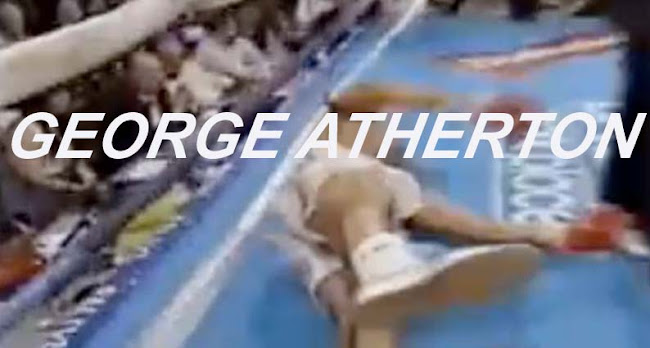The Blue of the Collar
This is America, this is Blue Collar America.
Lets call this an object, an object that is known well within Western popular culture. This object beholds an underlying wave of emotions, cultural identities and ideas.
There is a pair of denim jeans, a red cap, a white t-shirt and an American flag. A set of components that when combined generate a physically powerful image that resonates within every American/any one and everyone that watches American TV.
The image is cropped and focuses mainly upon the lower back, buttocks, biceps and forearms of a young man and a large flag.
The t-shirt is tucked in and the sleeves are rolled up. The jeans are faded in parts but still retain a deep Levi blue and they cup well around the buttocks. The red cap is also faded and hangs wilfully from the back pocket of the jeans. There are 3 red stripes and 2 white stripes that resemble the United States of America’s holy flag. This acts as the backdrop – a very important backdrop.
There is text that goes across the top of the image. The text is a similar colour to the jeans and is in capital Bell MT font. Each letter presenting itself without a drop of hesitation that breaks through a scene of biceps and a vivid history of the perfect plain white t-shirt.
The text reads; Born In the U.S.A./BRUCE SPRINGSTEEN.
A fierce nationalistic assertion.
Hours in the gym are evident – it takes patience and hard work to get this good. The rear of a young physically attractive man at the peak of his health is at the forefront of this piece of work. To say that this work is sexually charged is as much of an understatement to say that this work has little unwanted association to Ronald Regan’s attempt to re-masculinised America’s culture.
This object was released at a time when Sylvester Stallone’s “Rambo” films were released and were at the height of their popularity. Stallone’s films demonstrated a supersized masculinity mirroring the public’s fascination with the Vietnam veteran and the symbiotic relationship that existed between the Reagan presidency and much of the popular culture of its era.
This work finds itself enmeshed in the ideologies and symbols that Rambo and Reagan represented. Portraying an image of a white hard-bodied hero whose masculinity confirmed the values of patriarchy and patriotism, the work ethic and rugged individualism. But, really it’s probably a hard-bitten vision of America.
How this object works within the public realm is of the upper most importance. Its responsibility to connect over and over again with generation after generation of fans is imperative. The front bit with the good-looking guy at the front shapes the future. Forming trends and styles, how someone wears their jeans over their shoes to a flock of gull’s haircut - the front bit is the beginning of it all.
This image exaggerates the myths of America and from a very English perspective this confirms all that I have dreamt of America. This offers the viewers a dream.
This image shouts and screams until the throat is red raw. It is full of suggestive misleading themes, what is this work really about? Is it a revealing celebration of America and its heavy ruling position as monster truck country? The rule and kill all baddies attitudes.
Or is it homage to the true working class of America and ideals and values of the blue collar American dream?
Or is it purely a celebration of true sexual attitude.
Is he gay?
Surely not, this is something for ‘real men’, this is America, this is cowboys and native Indians, this is construction men, this is police men and this is GI Joe… hang on a minute. Is that a young man over there?
From looking at the obviously obvious – the impeccable American fashion of the Levis and the red baseball cap- we assure ourselves that this is do good healthy America but I’m afraid kids it’s a whole lot of something else.
The sexual undertones aren’t really undertones. When people say this is about America and the American dream, what they’re really doing is ignoring everything else that is happening within this image.
Like how Richard Prince’s Cowboys do one thing but also do something else.
The popular American conscious of the cowboy has been made up of many contradictory desires and ideals. Granted cultural significance by Hollywood production companies with John Wayne and Clint Eastwood leading the pack portraying the hard ways of the cowboy. The cowboy has come to resemble the lonesome figure casting a large hero sized shadow over the worlds TV screens showing us what it is to be the archetypal alpha male.
Handsome, weathered and taut – we recognize the dress of denim, leather chaps, boots, spurs and a big hat. Both a do gooder and a force of sexual nature, the cowboy appeals to every women, man and child.
This has also made the cowboy a gay icon.
Just like Prince’s Cowboy series, this record cover produces a set of multiple connotative levels. It moves between levels of sexual androgyny and a blue collar American dream. Addressed to all it sets a tone of wild ambition and abandonment.
We as the audience are exposed to a set of ideas, styles and power struggles that are read in different ways.
This is America, this is blue collar America, this is the Village People and this is Ronald Regan.
This is everything.
